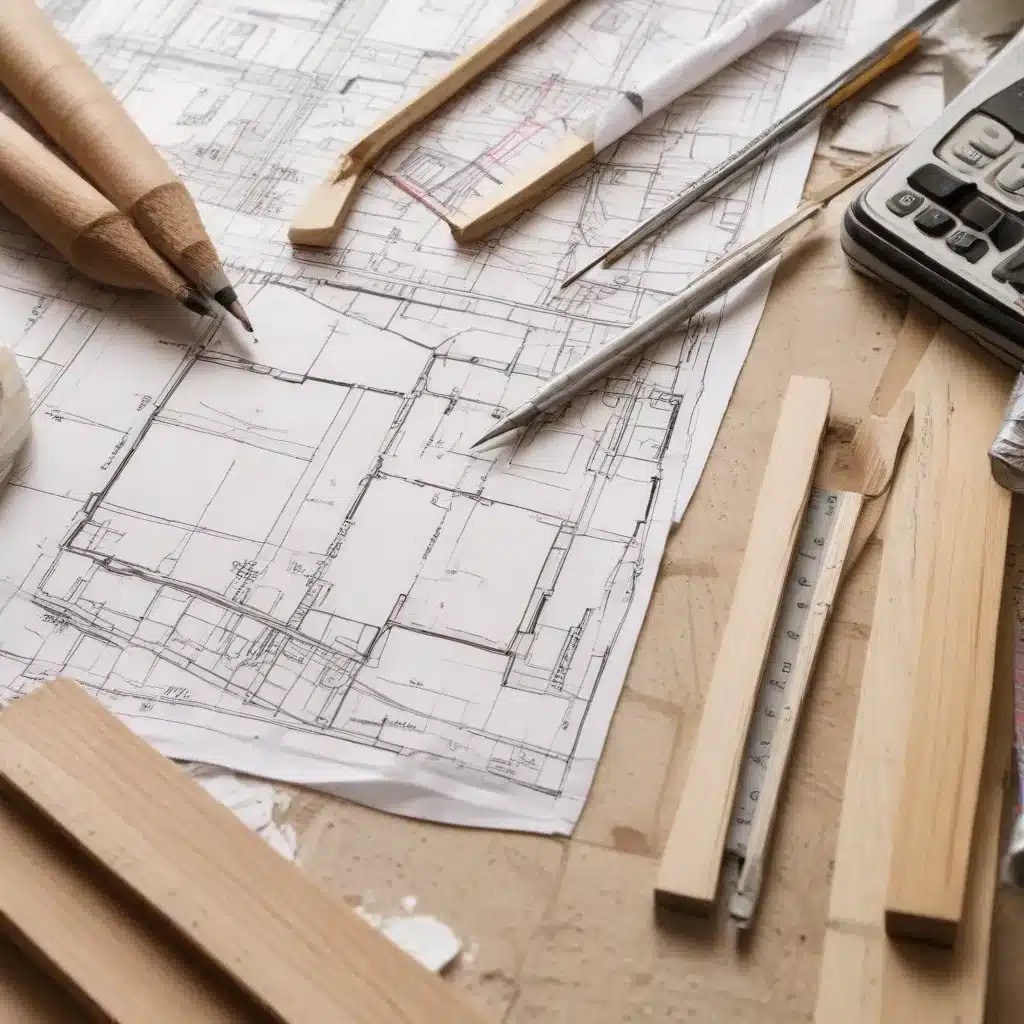
Embarking on a home renovation project can be an exciting yet daunting undertaking. While you may have a clear vision for your dream space, budgeting for the unexpected is crucial to ensuring a successful outcome. As an experienced home improvement consultant, I’m here to guide you through the complexities of budgeting for a renovation, helping you navigate the hidden costs and unforeseen challenges that often arise.
Factors Influencing Renovation Costs
The cost of a home renovation can vary significantly based on a multitude of factors. Structural changes, such as knocking down walls or adding rooms, often require specialized expertise and permits, driving up expenses. Similarly, updates to your home’s utilities – plumbing, electrical, or HVAC systems – can be substantial investments, but ones that can dramatically improve energy efficiency and long-term value.
The scope and scale of your project also play a significant role in the overall budget. Kitchen and bathroom renovations consistently rank among the most expensive, due to the intricate work involved and the high-end materials typically used. Conversely, cosmetic updates, like new paint, flooring, or light fixtures, tend to be more budget-friendly.
Anticipating Contingency Funds
No matter how meticulous your planning, unexpected expenses are almost inevitable during a renovation. That’s why it’s crucial to build in a contingency fund – typically 10-20% of your total budget – to cover any surprises that may arise.
These unforeseen costs can stem from a variety of sources, such as structural issues, the discovery of hazardous materials (like asbestos or lead paint), or even changes in local building codes. By having a financial cushion in place, you can address these challenges without derailing your overall budget.
Budgeting Strategies
Creating a detailed, line-item budget is the foundation of a successful renovation project. Start by identifying your must-have features and your nice-to-have wish list items. This will help you prioritize your spending and make informed decisions about where to allocate your resources.
Next, research the average costs for the various components of your renovation, such as cabinetry, appliances, lighting, and labor. Many reputable home improvement sources, like Reluctant Renovator, offer valuable insights and cost breakdowns to help you plan accordingly.
When budgeting, it’s also important to factor in any potential financing options, such as home equity loans or renovation-specific mortgages. These can help spread the costs over a longer period, making your dream renovation more attainable.
Unexpected Expense Categories
Beyond the initial scope of your project, there are several expense categories that often catch homeowners off guard. Understanding these potential pitfalls can help you better prepare and allocate resources accordingly.
Structural Repairs
During the renovation process, you may uncover underlying structural issues that require immediate attention. Foundation cracks, roof damage, or unstable walls can all add significant costs to your project. Addressing these problems early on can prevent more extensive (and expensive) repairs down the line.
Utility Upgrades
Updating your home’s electrical, plumbing, or HVAC systems can be necessary to accommodate new features or improve energy efficiency. These upgrades may involve pulling permits, hiring specialized contractors, and rerouting existing infrastructure – all of which can add substantial expenses to your budget.
Code Compliance Issues
Depending on the age and condition of your home, you may need to bring certain elements up to current building code standards. This could include upgrading insulation, adding safety features, or modifying structural components to meet local regulations. Staying informed about the relevant codes can help you anticipate and budget for these necessary improvements.
Cost-Saving Measures
While unexpected expenses are inevitable, there are strategies you can employ to mitigate their impact on your overall budget.
Prioritizing Essentials
Carefully evaluate your renovation goals and prioritize the most critical elements. By focusing on the must-have features first, you can allocate your resources more effectively and potentially reduce the need for costly changes later on.
Exploring Alternative Solutions
Seek out budget-friendly alternatives to high-end materials or finishes, such as laminate countertops instead of granite or engineered hardwood flooring instead of solid wood. These options can often provide a similar aesthetic at a fraction of the cost.
Negotiating with Contractors
When selecting your renovation team, be proactive in negotiating labor costs and material markups. Obtaining multiple quotes and being willing to shop around can help you find the best value for your money.
Managing Financial Risks
Protecting your investment is crucial when embarking on a home renovation project. Take the necessary steps to safeguard your finances and minimize potential risks.
Securing Appropriate Insurance
Review your homeowner’s insurance policy and consider adding renovation coverage or builder’s risk insurance to protect against any unforeseen damages or liabilities that may arise during the construction process.
Contingency Planning
Alongside your financial contingency fund, have a backup plan in place for unexpected delays or cost overruns. This could include securing additional financing, adjusting the scope of your project, or identifying alternative living arrangements during the renovation.
Monitoring Budget Adjustments
Regularly review and update your budget as the renovation progresses. This will help you stay on track, identify any potential problem areas, and make timely adjustments to ensure the project remains within your financial means.
By carefully considering the factors that influence renovation costs, anticipating unexpected expenses, and employing cost-saving strategies, you can navigate the complexities of your home improvement project with confidence. Remember, a well-planned and executed renovation not only transforms your living space but can also significantly increase the value of your home.
So, are you ready to embark on your renovation journey? With the right mindset and a solid financial plan, your dream home is within reach. Happy renovating!



